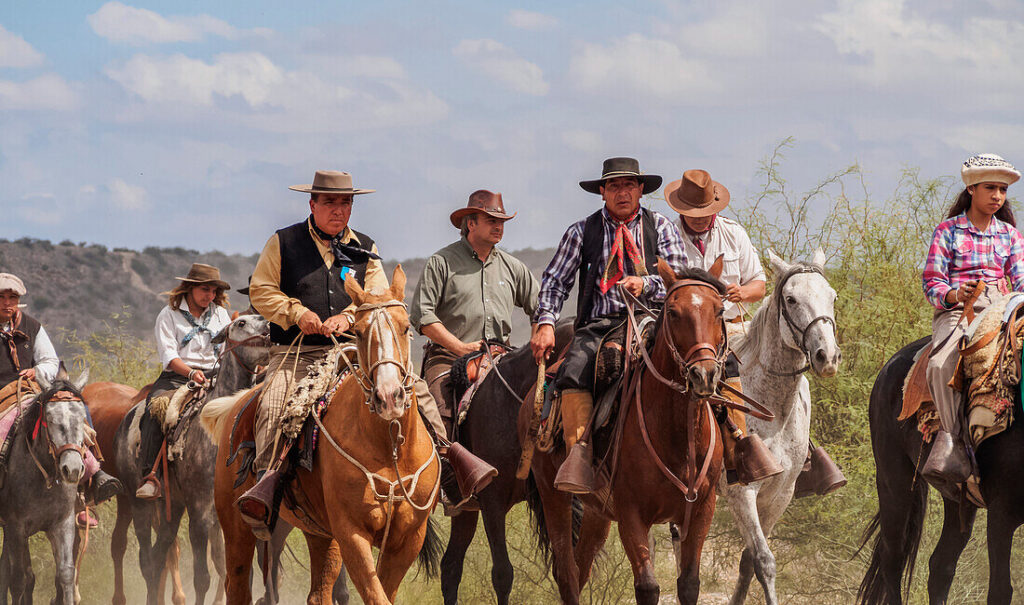Best Time to Visit Peru: A Comprehensive Guide
Planning a trip to Peru can be an exhilarating experience, but timing is everything. Whether you’re aiming to hike the Inca Trail, explore the vibrant city of Lima, or venture into the lush Amazon rainforest, understanding the best time to visit Peru is crucial for making the most of your adventure. Let’s dive into the key factors to consider, including weather, seasons, time zones, and more, to help you decide when to embark on your Peruvian journey.
Weather in Peru: Understanding the Seasons
Peru’s weather is as diverse as its landscapes. The country spans a variety of climates, from the arid deserts of the coast to the snow-capped Andes mountains and the humid Amazon rainforest. Generally, Peru has two main seasons: the dry season and the wet season.
Dry Season (May to September)
The dry season, often referred to as the “high season,” is the most popular time to visit Peru. During these months, the weather is sunny and dry, making it ideal for hiking, sightseeing, and outdoor activities. If you’re planning to hike the Inca Trail or visit Machu Picchu, this is the best time to do so. The trails are less crowded with mud, and the skies are clearer, offering breathtaking views.
For example, the Inca Trail typically closes in February for maintenance, so planning your hike for the dry season ensures you can make the most of your adventure.
Wet Season (October to April)
The wet season, or “green season,” brings rain and humidity, especially in the Andean highlands and the Amazon. While this might sound like a deal-breaker, it’s not all bad. The landscapes become lusher, and some areas are less crowded, which can be a plus if you’re looking for a more peaceful experience. However, some hiking trails may be slippery or closed due to heavy rain.
If you’re visiting during the wet season, make sure to pack waterproof gear and check the weather forecast before heading out.
Time Zone in Peru
Before planning your trip, it’s worth noting that Peru is in the Peru Time (PET) zone, which is UTC-5. This is the same as Eastern Time (ET) in North America. If you’re traveling from a different time zone, you’ll want to account for jet lag, especially if you’re coming from Europe or Asia.
For example, if it’s noon in Lima, it’s 5 PM in London and 10 AM in New York. You can use a time zone converter to plan your itinerary accordingly.
Degrees of Temperature: What to Expect
Peru’s temperature varies greatly depending on the region you’re visiting. Here’s a breakdown of what you can expect:
Coastal Region
The coastal area, including Lima, has a mild climate year-round. Temperatures range from 15°C (59°F) in winter to 28°C (82°F) in summer. The coastal region is ideal for beachgoers and those who prefer milder weather.
Andean Highlands
The Andean highlands, where Cusco and Machu Picchu are located, have a more dramatic temperature range. Days can be warm, with highs around 20°C (68°F), but nights can drop to 0°C (32°F), especially during the dry season. Make sure to pack layers for your visit.
Amazon Rainforest
The Amazon region is hot and humid year-round, with temperatures often reaching 30°C (86°F) or higher. If you’re planning to explore the Amazon, lightweight, breathable clothing and insect repellent are must-haves.
Rainfall in Peru: When to Expect It
Rainfall in Peru is most significant during the wet season (October to April). The Andean highlands and Amazon rainforest receive the majority of the rain, while the coastal region remains relatively dry.
If you’re visiting during the wet season, be prepared for occasional downpours and muddy trails. However, the rain also brings a unique beauty to the landscapes, with flowers blooming and waterfalls flowing at their peak.
For real-time weather updates, you can check AccuWeather.
Key Comparisons: When to Visit Different Regions
Region | Best Time to Visit | Weather Conditions | Activities |
Coastal Area | Year-round | Mild temperatures, with warm summers and cool winters | Beach activities, city tours, gastronomy |
Andean Highlands | Dry season (May-Sept) | Sunny days, cold nights; ideal for hiking and outdoor activities | Hiking the Inca Trail, visiting Machu Picchu, exploring Cusco |
Amazon Rainforest | Dry season (May-Sept) | Hot and humid, with less rainfall; ideal for wildlife spotting | Jungle treks, wildlife tours, visiting indigenous communities |
Conclusion: When to Visit Peru
The best time to visit Peru depends on your preferences and what you want to do. For most travelers, the dry season (May to September) is the ideal time, offering perfect weather for hiking and sightseeing. However, if you’re looking for a more relaxed experience and don’t mind a little rain, the wet season can be a great option.
Before you go, make sure to check the latest travel advisories and weather forecasts to ensure a smooth trip. With its rich history, stunning landscapes, and vibrant culture, Peru is a destination that promises an unforgettable experience, no matter when you visit.
Happy travels!






